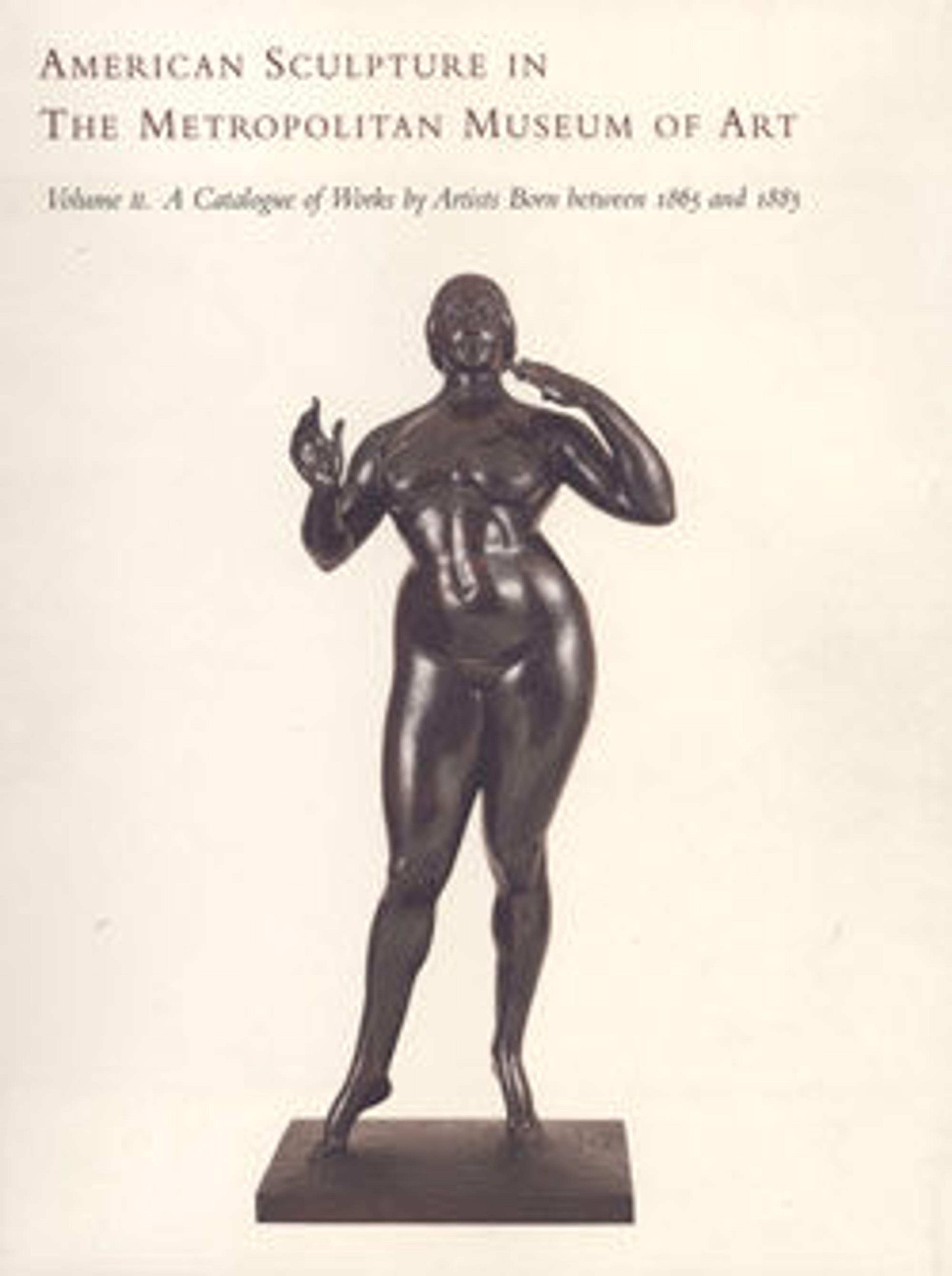Head of Orpheus
Orpheus, the son of Apollo and a muse, charmed or soothed gods, people, and even stones with his melodious voice and lyre. His wife Eurydice was fatally bitten by a snake. Sick with grief over her death, Orpheus descended to Hades to find her. Seduced by his song, the god Pluto gave him permission to retrieve Eurydice on the condition that he not look back at her during their journey to the upper world. Unable to resist, Orpheus peeked at his bride and she slipped back into blackness, lost to him forever. This heroic, sharply stylized head is excerpted from the twenty-six-foot central figure of the "Orpheus Fountain," installed in 1936 in front of the Stockholm Concert Hall in Milles’s native Sweden. In that version, Orpheus plays his lyre as he towers above eight figures awakening to his divine music. The Museum’s head, excised from its original context, alludes to Orpheus’s unfortunate demise—he was torn limb from limb by a group of maenads and his severed head floated off toward Lesbos, the island of female poets.
Artwork Details
- Title:Head of Orpheus
- Artist:Carl Milles (American (born Sweden), Lagan 1875–1955 Lidingö)
- Date:by 1934, cast ca. 1935–36
- Culture:American
- Medium:Iron
- Dimensions:27 3/4 x 24 3/4 x 24 1/2 in. (70.5 x 62.9 x 62.2 cm)
- Credit Line:Fletcher Fund, 1940
- Object Number:40.149
- Rights and Reproduction:© 2025 Artists Rights Society (ARS), New York
- Curatorial Department: The American Wing
More Artwork
Research Resources
The Met provides unparalleled resources for research and welcomes an international community of students and scholars. The Met's Open Access API is where creators and researchers can connect to the The Met collection. Open Access data and public domain images are available for unrestricted commercial and noncommercial use without permission or fee.
To request images under copyright and other restrictions, please use this Image Request form.
Feedback
We continue to research and examine historical and cultural context for objects in The Met collection. If you have comments or questions about this object record, please contact us using the form below. The Museum looks forward to receiving your comments.
